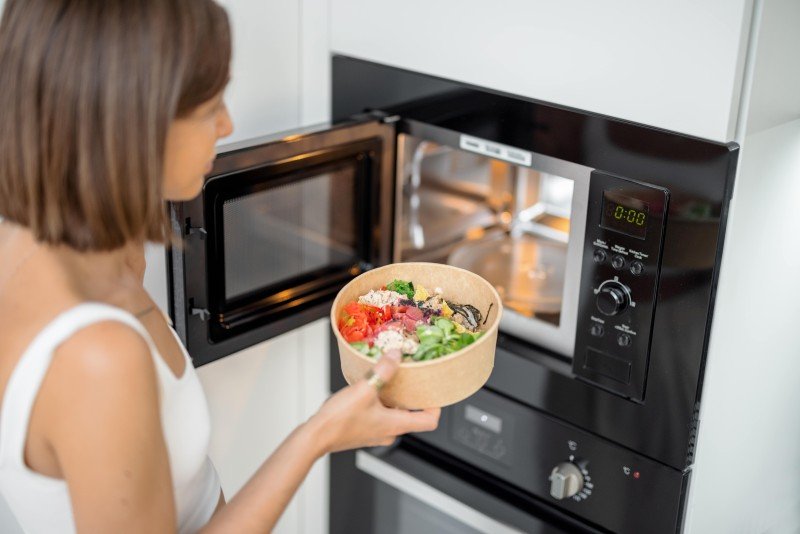10 Untrue Answers To Common Oven And Hob Questions Do You Know The Correct Answers?

The Complete Guide to Ovens and Hobs: Choosing the Right Appliances for Your Kitchen
When it concerns producing cooking work of arts, the significance of quality kitchen appliances can not be overemphasized. Ovens and hobs are the heart of any kitchen, making it possible for home cooks and professional chefs alike to develop, bake, and sauté delicious meals. Understanding the various kinds of ovens and hobs, along with their functions and functionalities, is vital for making informed acquiring choices. This post offers an in-depth take a look at ovens and hobs, assisting you navigate the choices readily available so that you can enhance your kitchen's performance and adaptability.
Comprehending Ovens
Ovens are essential for cooking and baking and can be found in different types to satisfy diverse cooking needs. Here is a summary of the most common types of ovens:
1. Standard Ovens
Conventional ovens work by heating the air inside with gas or electric aspects. They are perfect for baking cakes, roasting meats, and cooking casseroles.
2. Convection Ovens
These ovens use a fan to flow hot air, offering an even temperature level throughout, which can substantially minimize cooking times. They are perfect for baking cookies or roasting vegetables.
3. Microwave Ovens
Microwaves cook food rapidly utilizing electromagnetic radiation. ovensandhobs are perfect for reheating leftovers or thawing frozen foods but are not ideal for browning or crisping.
4. Wall Ovens
Incorporating a wall oven into your kitchen style can save space and develop a streamlined visual. They function much like standard or stoves but are built into the wall for easy gain access to.
5. Variety Ovens
These ovens combine stovetop burners with an oven, offering adaptability for those who prefer a single device for all cooking needs.
| Type | Cooking Method | Best For |
|---|---|---|
| Conventional | Electric/Gas | Baking, roasting |
| Convection | Air circulation | Quick cooking, even baking |
| Microwave | Electro-magnetic | Reheating, defrosting |
| Wall Ovens | Electric/Gas | Space-saving, sleek style |
| Range Ovens | Electric/Gas | Versatile cooking |
Checking out Hobs
Hobs, likewise called cooktops or stovetops, provide the surface to prepare pans directly over a heat source. Like ovens, hobs come in numerous types, which can be categorized as follows:
1. Gas Hobs
These hobs use a flame for cooking and provide instant heat control. They are preferred by numerous chefs for their responsiveness and accuracy.
2. Electric Hobs
Electric hobs utilize coils or flat surfaces to heat pans. They use a constant heat source, however they may take longer to cool down compared to gas hobs.
3. Induction Hobs
Induction hobs utilize electromagnetic energy to heat pots and pans straight, making them highly efficient and much faster to cook. They are also simpler to clean up as the surface remains reasonably cool.
4. Solid Plate Hobs
These are older innovation that utilizes solid metal plates to provide heat. They are durable but are less effective than modern choices.
| Type | Heat Source | Advantages | Disadvantages |
|---|---|---|---|
| Gas Hobs | Flame | Instant heat control | Requires gas connection |
| Electric Hobs | Electric coils | Constant heat | Slower to cool down |
| Induction Hobs | Electro-magnetic | Quick cooking, energy-efficient | Requires compatible cookware |
| Solid Plate Hobs | Solid metal plate | Toughness | Less efficient |
Picking the Right Appliances
Selecting the ideal oven and hob for your kitchen involves thinking about different elements:
1. Area and Layout
Measure your kitchen location to figure out the size and placement of the oven and hob. Guarantee there is sufficient ventilation, especially for gas home appliances.
2. Cooking Style
Think about how frequently you cook and the type of meals you prepare. A stove might match devoted bakers, while someone who often stir-fries might choose an induction hob.
3. Energy Source
Pick the energy source that best fits your lifestyle. Gas offers immediate control, while electric and induction hobs supply ease of use and are often more energy-efficient.
4. Spending plan
Recognize your budget for kitchen devices. Ovens and hobs vary substantially in cost, depending upon functions and brands. Focus on important functions that fulfill your needs.
5. Features
Look for functionalities such as self-cleaning alternatives, clever innovation compatibility, particular rack configurations for ovens, and safety functions for hobs.
Often Asked Questions (FAQs)
Q1: What is the distinction between a standard oven and a convection oven?A1: Conventional ovens heat the air within without fans, while convection ovens make use of a fan to circulate hot air for more even cooking. Q2: Can I utilize aluminum cookware on induction hobs?A2: No, induction hobs need ferrous (magnetic )materials like cast iron or stainless steel to work efficiently. Q3: Do gas hobs heat much faster than electric hobs?A3: Yes, gas hobs provide instant heat, making them faster for cooking compared to electric hobs. Q4: Is it safe to use a microwave oven?A4: Yes, when utilized according to the manufacturer's instructions, microwave are thought about safe for food preparation.
Q5: How frequently must I clean my oven and hob?A5: For ideal efficiency, tidy your oven routinely, especially after spills. Hobs should be cleaned down after each use
to prevent accumulation. Ovens and hobs
are indispensable elements of a fully equipped kitchen. Understanding the different types, their performances, and the factors to consider associated with acquiring
them can drastically improve cooking experiences. Whether one is a casual home cook or an expert chef, investing time in picking the ideal home appliances can cause cooking success and fulfillment in the kitchen. By focusing on functions that align with your cooking design, energy sources that fit your home, and spending plan factors to consider, you can develop an efficient work area that inspires cooking imagination.

